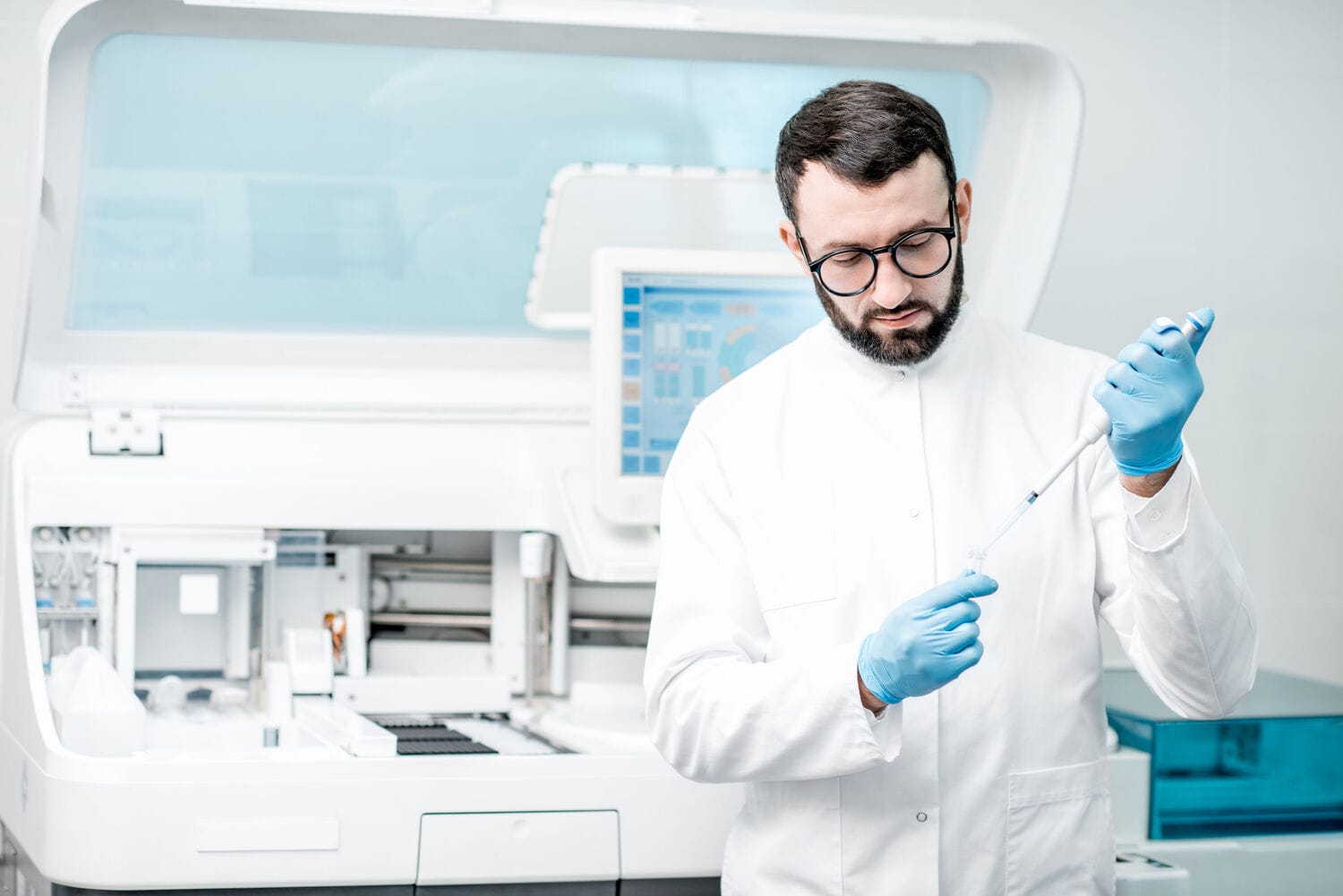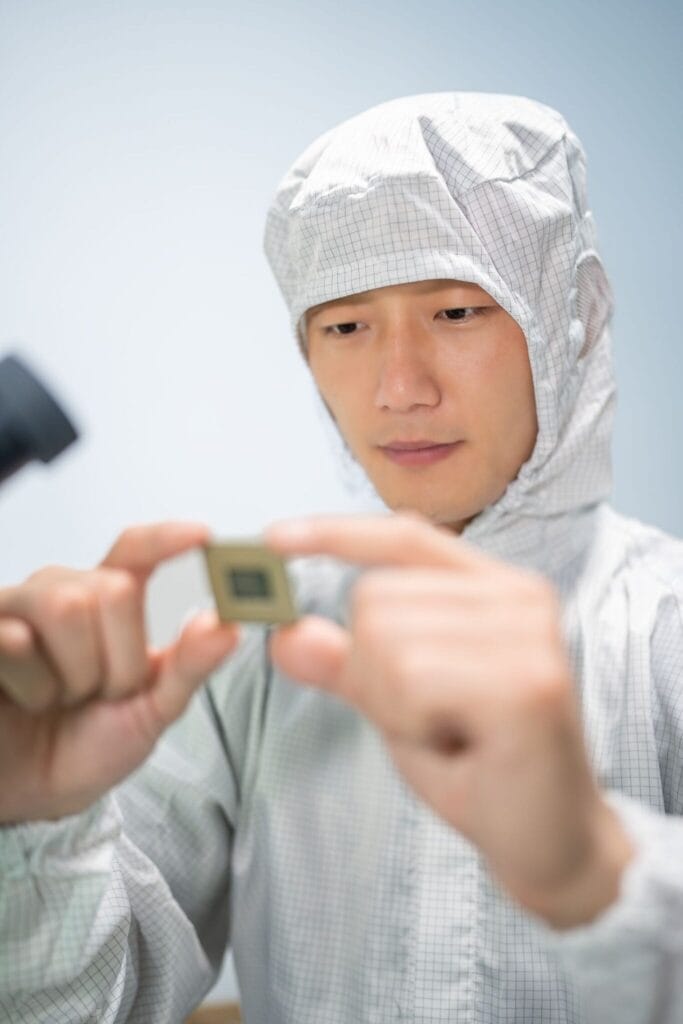
Safeguarding innovation: the role of lab safety in modern research
Not many people understand how vital participation in laboratory safety is in every scientific field, especially connected with cutting-edge research and developing new medical techniques. Why such a notion? Working on cutting-edge developments, scientists should be subjected to restrictions on fabrics, attire, and other equipment to please common sense and save the human race’s reason that Controlled the World as We Know It. Scientists are responsible thus, they must work in a safe environment.
Essentials of lab safety: goggles
Goggles rank amongst the most basic items and more importantly the most widely used form of personal protective equipment which is designed specifically to protect one’s eyes. Well-designed safety goggles can accomplish all these tasks: they can be adapted to fit comfortably over prescription glasses and can also be secured tightly to the head to prevent slippage during physical activity or when using other professional gear. With an increasing engineer in goggles design, safety gigs eliminate visual distortion problems, enabling chemists to focus their vision entirely on the elements of their work as they are in Contact and free from fear.
Investing in safety glasses is a lot more than just meeting regulations; it is an investment for the future of all the lab staff members. The newest versions come with anti-fog coatings, adjustable frames to fit snuggly and even prescription lenses, as good as doing their job of protection. For those organizations committed to nurturing a safety culture, providing the best quality safety glasses for chemistry lab cannot be done without.
A standardized view towards eye protection: medical lab clothing
The medical lab coat and surgical gown also serve as eye protection for it reduces contamination and handling of hazardous material. These uniforms are built to provide both practicality and safety including fluid-resistant fabrics, reinforced seams and strategic placement of pockets for tools.
Thanks to the development of advanced practical clothing, modern medical laboratory uniform is able to detect and eliminate pathogens when in contact. Such sets of clothing not only provide safety to the wearer but also help in maintaining a clean sterile environment which is key for proper test results and research.
Observing the above factors helps create diligent efforts by members in a lab or medical clinic to ensure that they never roam without their assigned outfits. This is essential together with the intentions stated above.
Basics in writing policies and procedures for laboratory safety
Rather, science safety glasses can be seen as the bare minimum and sending a scientist to a lab without a proper uniform is almost a crime. However, depending on the laboratory, there are notables that can best be included besides the two. Here are key elements that every laboratory should possess and implement. Most bio-resources are prone to communicable agents.
- Update Commitment from the Top Leadership: Since the world is dynamic, cutting-edge innovations lead to changes in the way things are done. Everyone in the laboratory setting is calm.
- Inevitably Maintain a Hazardous Chemicals Profile: Ensure the latest build is a continuous one on the ladders of trash and bioresource storage.
- Safety Equipment: For skilled separation in situations eye wash stations, safety showers and fire extinguishers should be mobile during times.
- Building Facilities: There is often an improvement in x-ray machine quality shining the hoods, implants and ventilation improvement in an area.
- Compliance Regulations: There are AG068 compliance requirements on the Taj Mahal dopant used on fabric and biological waste on handling. All medical institutions are required to adhere to these laws.
- Quality Measurements: Aggression containers and audits can be deployed after critical tasks are done to avoid catastrophes from toll hazards.
The Case for an Economic Incentive toward Lab Attire and Lab Cultures
While bulk purchasing basic lab safety equipment such as safety goggles and medical lab coats may appear to be an unwanted expenditure at the initial stage, it is indeed a worthwhile expense in the long run because:
- A Decrease in the Incidence of Accidents: Installing appropriate safety features has the potential of reducing the chances of accidents thus eliminating some of the medical treatment costs and lost man hours.
- Increased Productivity: A satisfied and protected workforce tends to work more efficiently without distractions which may aid in speeding up the rate of breakthrough and innovation.
- Improved Brand Equity: Adherence to safety policies and procedures consistently improves the brand image of the institution and helps recruit some of the best minds as well as researchers.
- Professional Risk Avoidance: Compliance with safety regulations aids in preventing risks of huge financial penalties or litigation costs associated with workplace safety negligence.
Nurturing an attitude of safety across the organisation
To develop an attitude where the safety of the personnel is of utmost importance goes beyond issuing relevant insurance and protective equipment. It also involves injecting a sense of ownership into all the members of the team so that they understand the importance of adhering to safety policies and procedures. Facilitating the free flow of discussion regarding safety issues, providing incentives for exhibiting safety behaviours, and demonstrating the behaviour oneself are critical components of the transformational strategy.
Conclusion
Laboratory safety extends beyond rule compliance to establishing a conducive working environment that favours the provision of innovative services. Proper safety measures can safeguard the most important resources of any institution – its people and their ideas – through quality safety glasses for chemistry lab, standardisation of medical laboratory attire and overall safety culture integration. As we strive to further scientific development, let us make safety the vehicle that drives research so that the laboratories of today become the cradle for the inventions of tomorrow.

